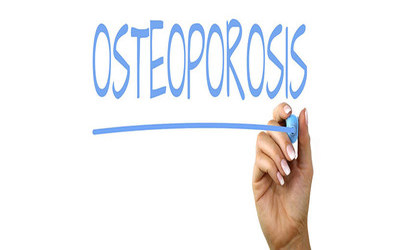Some people think of bones as hard and lifeless, but they are actually a living, growing issue. Bones are made up of 3 major components
[the_ad id=”6114″]
that make them flexible and strong: 70% of all bone mass contains inorganic material (calcium phosphates) & 30% is of organic material (collagen & Osteocalcin). Bone is a highly dynamic tissue. Re-modelling is a continuous process in bones. The re-modeling cycle involves bone resorption and bone formation.
What is Osteoporosis?
Osteoporosis means “porous bone.” Healthy bone under a microscope, looks like a honeycomb. If you have osteoporosis, the holes and spaces in the honeycomb are much bigger. This means your bones have lost density or mass have become abnormally weak and are likely to break.
Osteoporosis increases the risk of bone fractures, especially in the hips, spine, and wrists. Although it can affect anyone, the risk of developing osteoporosis increases with age, affects women significantly more often than men.
Did you know… that throughout your life, you constantly lose old bone while you make a new bone?
Progressive bone loss, osteopenia leads to osteoporosis. Even after children and teens stop growing taller, they continue to make more bone than they lose (their bones continue getting denser) until they reach Peak bone mass – the point when you have the greatest amount of bone you will ever have.
Peak bone mass usually happens between the ages of 18 and 25. Higher the peak bone mass you accumulate, less likely are you to break a bone or the longer it would be for osteoporosis to set in. As you age, you may slowly start to lose more bone than you form.
In midlife, bone loss usually speeds up in both men and women. For most women, bone loss increases after menopause. In fact, 5 to 7 years after menopause, women can lose up to 20% or more of their bone density.
Source:

